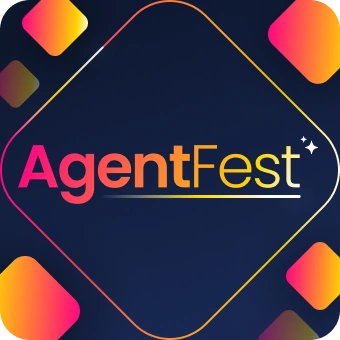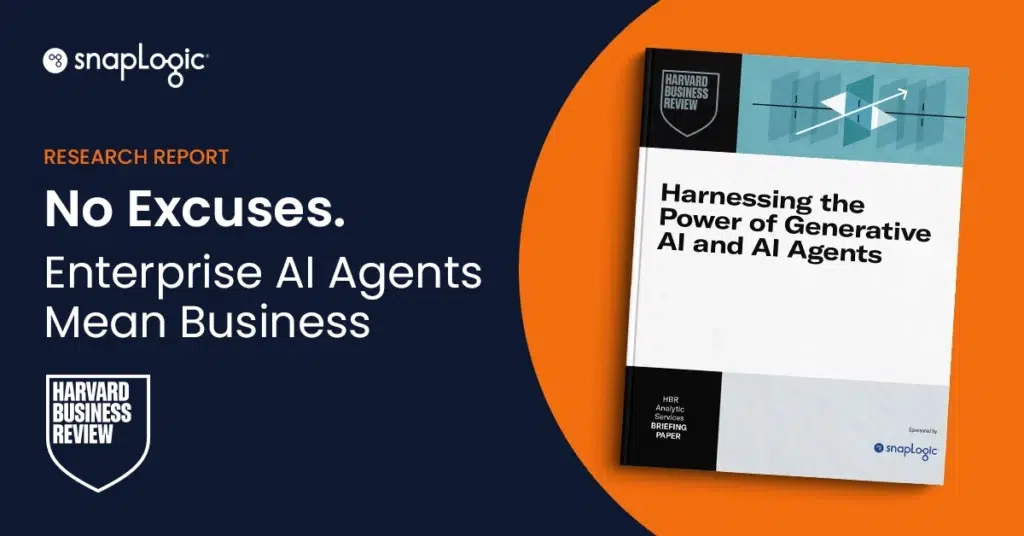What is a vector database?
A vector database is a specialized type of database designed to store, manage, and search high-dimensional vector data efficiently. Unlike traditional relational databases that handle structured data using tables and rows, vector databases are optimized for handling unstructured data such as text, images, and embeddings generated by machine learning models. They are particularly useful in AI applications that require vector search and similarity search.
How do vector databases work?
Vector databases use specialized data structures and indexing methods to store and search high-dimensional vectors efficiently. Vector databases are optimized for storing vector embeddings, enabling applications like recommendation systems, semantic search, and fast data retrieval. By calculating the similarity between the query vector and the other vectors in the database, the system returns the vectors with the highest similarity, indicating the most relevant content.
Vector databases:
- Handle diverse types of data and manage workloads effectively
- Offer APIs for integration
- Utilize techniques such as quantization and hashing for optimization
- Support real-time data processing
Why use vector databases for machine learning?
Vector databases support various machine learning models and AI applications, including large language models (LLMs) like ChatGPT and Claude. They enable efficient storage and retrieval of embeddings and other vector data, enhancing the performance of these models. These databases handle large datasets effectively, providing scalability and low-latency responses.
How do vector databases handle similarity search?
Vector databases use advanced vector indexing techniques, such as approximate nearest neighbor (ANN) search and hierarchical navigable small world (HNSW), to optimize performance and ensure low latency during search operations. The vector index is crucial for managing and retrieving high-dimensional vectors efficiently.
What are the use cases for vector databases?
- Recommendation systems
- Natural Language Processing (NLP)
- Semantic search
- Image recognition
- Anomaly detection
- Real-time applications (e.g., chatbots, e-commerce)
- Efficient processing and retrieval of vector data across various domains
- Deep learning applications
- Neural networks
- Robust data management solutions
Popular vector databases
In artificial intelligence and machine learning, vector databases have become essential for managing and searching high-dimensional data. Here are some of the most popular vector databases used today:
Pinecone
Pinecone is a managed vector database service designed for high-performance vector search and similarity search. It offers robust scalability and integrates seamlessly with various AI and machine learning workflows. Pinecone supports real-time updates and provides an API that simplifies the management of vector data, making it a popular choice for developers working with large datasets and embedding models.
OpenSearch
OpenSearch, the open-source successor to Elasticsearch, has gained popularity for its versatility and powerful search capabilities. With its ability to handle vector search and similarity search, OpenSearch is widely used in applications requiring fast and accurate retrieval of high-dimensional vectors. Its flexible architecture and extensive plugin ecosystem make it suitable for a range of use cases, from e-commerce recommendation systems to NLP tasks.
Milvus
Milvus is an open-source vector database specifically designed for similarity search of embedding vectors. It is optimized for handling high-dimensional data and provides features such as cosine similarity, approximate nearest neighbor (ANN) search, and hierarchical navigable small world (HNSW) indexing. Milvus supports various AI and machine learning models, making it a go-to solution for applications involving image recognition, anomaly detection, and recommendation systems.
FAISS (Facebook AI Similarity Search)
Developed by Facebook AI, FAISS is a library for efficient similarity search and clustering of dense vectors. It is particularly known for its speed and scalability, supporting large-scale vector search operations. FAISS is widely used in research and production environments for tasks such as document retrieval, recommendation engines, and visual search. Its compatibility with Python and C++ makes it accessible for developers working with deep learning and neural networks.
Annoy (Approximate Nearest Neighbors Oh Yeah)
Annoy is an open-source library developed by Spotify for fast approximate nearest neighbor search. It is designed to handle large datasets and high-dimensional vectors efficiently. Annoy is particularly useful for real-time applications where low latency is crucial, such as music recommendation systems and personalized content delivery. Its simplicity and ease of integration with Python make it a popular choice for developers.
Weaviate
Weaviate is an open-source vector search engine that combines vector search capabilities with rich metadata handling. It supports various machine learning and AI applications, providing tools for indexing, searching, and managing vector data. Weaviate’s focus on semantic search and its support for multiple data types, including text and images, make it a versatile solution for building intelligent applications.
Vespa
Vespa is a real-time, open-source big data processing and serving engine. It provides capabilities for vector search and integrates with various AI models to support applications like recommendation systems and search engines. Vespa’s scalability and performance make it suitable for handling large-scale data workloads and delivering fast search results.
What are the benefits of open-source vector databases?
There are several open-source vector databases available that offer robust functionality and integration capabilities through APIs. These options provide flexibility and cost-effective solutions for various applications, including managing metadata and ensuring scalability.
How do vector databases compare to traditional databases?
Unlike traditional relational databases that handle structured data, vector databases are optimized for unstructured data and high-dimensional vectors. They provide specialized functionality for vector similarity searches and are crucial for modern AI applications, offering more efficient ways to discover insights from data.
What is the future of vector databases?
Emerging trends like retrieval augmented generation (RAG) and advancements in AI and machine learning are driving the development of more sophisticated vector databases. These innovations enhance their ability to support complex AI models and applications, shaping the future of data management. Future developments will likely focus on improving metrics, fine-tuning models, and enhancing the integration with neural networks and deep learning frameworks.
How does an iPaaS work with vector databases?
An iPaaS (Integration Platform as a Service) can leverage vector databases to enhance data integration, analytics, and AI-driven insights. Here’s how an iPaaS might use vector databases in its platform:
Data enrichment and semantic integration
Mapping and integrating disparate data sets. Use vector embeddings to represent data entities (e.g., customer records, product descriptions) across different systems in a uniform vector space. A vector database stores these embeddings, allowing the iPaaS to match similar entities even if they have different formats or labels (e.g., “John Doe” in CRM vs. “J. Doe” in a billing system). This improves data deduplication, record linkage, and entity resolution.
Semantic Search for Pipelines and APIs
Helping users find relevant pipelines, connectors, or APIs within the iPaaS ecosystem. Embeddings of pipeline metadata, API descriptions, or user queries are stored in a vector database. When a user searches for a connector (e.g., “Salesforce to Snowflake”), the vector database retrieves similar pipelines or connectors based on semantic similarity, even if exact terms aren’t used. This provides intelligent search capabilities, improving user experience.
Intelligent data transformation
Recommending transformations for unstructured or semi-structured data. A vector database helps identify similar transformations applied to similar data types in past pipelines. The iPaaS recommends or automates appropriate transformations (e.g., converting JSON logs to structured tables).
AI-driven error resolution
Diagnosing and resolving pipeline failures. Pipeline logs and error messages are converted into embeddings. A vector database stores embeddings of common errors and resolutions. When a pipeline fails, iPaaS queries the database for similar error embeddings and suggests solutions or troubleshooting steps. This accelerates problem resolution and reduces downtime.
Real-time anomaly detection
Monitoring data pipelines for irregularities. Embed pipeline performance metrics (e.g., latency, throughput) into vectors. A vector database detects anomalies by comparing real-time embeddings to historical data. Alerts are triggered for significant deviations, enabling proactive management of data flows.
Advanced personalization
Tailoring the user experience for pipeline builders. User behaviors (e.g., frequently used connectors, preferred pipeline designs) are embedded into vectors. The iPaaS uses a vector database to identify similar user behaviors and recommend pipelines, connectors, or integrations tailored to the user’s preferences. This fosters personalized onboarding and intelligent suggestions.
Supporting AI workflows
Embedding AI and ML models into data workflows. AI models integrated into the iPaaS workflows produce embeddings for unstructured data (e.g., customer sentiments from text, product tags from images). Vector databases store these embeddings, allowing downstream workflows to use them for tasks like recommendation systems, sentiment analysis, or predictive analytics.
Enabling hybrid queries for metadata and semantic similarity
Combining structured metadata with semantic search. iPaaS stores structured pipeline metadata (e.g., creation date, owner) alongside vector embeddings of the pipeline’s functionality. A query like “Find all Salesforce-related pipelines created by John in the last month” can combine vector similarity (to match Salesforce-related pipelines) with traditional filtering (by user and date).
Building knowledge graphs
Capturing relationships between data assets, workflows, and business processes. Generate embeddings for workflows, data sources, and endpoints. A vector database helps identify semantic relationships between these entities, enabling the creation of knowledge graphs that provide insights into how data flows across systems.
NLP and conversational AI support
Powering AI assistants. Natural Language Processing (NLP) embeddings for user queries or commands are stored in a vector database. When users interact with AI assistants (e.g., asking for “Help me build a pipeline to migrate CRM data”), the vector database enables semantic understanding and retrieves the most relevant responses or suggestions.










